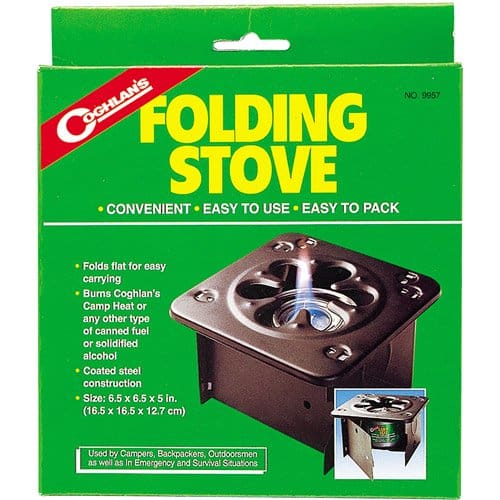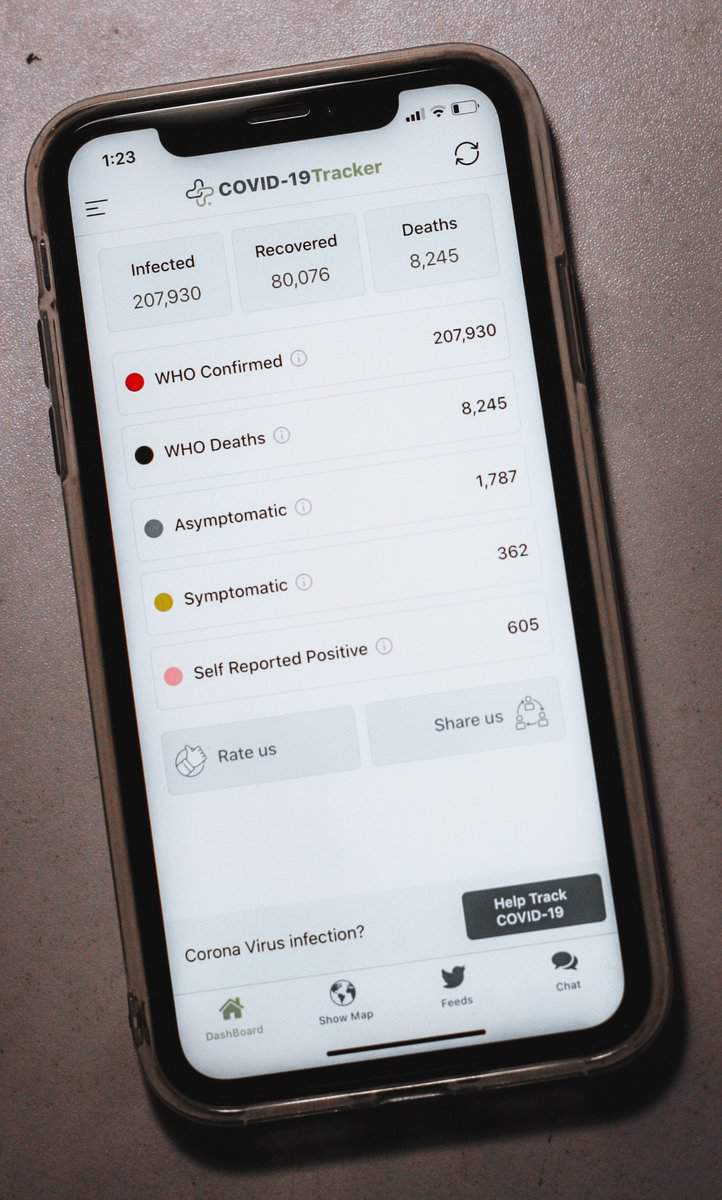Tips, Tricks, Hacks, Hints
This section is reserved for collecting those little bits of knowledge and good ideas that aren’t quite worth a whole article — but are definitely good to know about when getting ready for or recovering from an emergency. If you try out some of the tips — or find others — send us a note on the results.
-
- Safe, cheap and easy emergency cooking (scroll down)
- Emergency and medical information on your cell phone
- Facility Services Preparation Assistance: Furniture Fastening and Garage Door Opening
- A Do-It-Yourself Powerless Garage-Door Opener
- Black (Tape) Magic
- Disaster Yum-Yums
Safe, cheap and easy emergency cooking
contributed by Mark Tollefson
 I have researched methods of cooking emergency food following a major disaster, when there is no gas or electricity. I was surprised to find that the companies that supply emergency food didn’t seem to have any recommendations on heat source. Many assume you are prepared for living off the grid and have a wood stove or perhaps a white gas stove.
I have researched methods of cooking emergency food following a major disaster, when there is no gas or electricity. I was surprised to find that the companies that supply emergency food didn’t seem to have any recommendations on heat source. Many assume you are prepared for living off the grid and have a wood stove or perhaps a white gas stove.
I have concluded that the safest choice is diethylene glycol fuel cans made for chafing dishes. It is considered non-flammable, which means that if it is spilled, will not burn on its own. (Candles are also considered to be non-flammable.) Thus, it is safe to store indoors. Unlike Sterno, the liquid is not easy to spill, as only a wick is exposed. Also, unlike Sterno, the can does not get hot.
It is considered safe for use indoors, although it’s best to cook outdoors for fire safety.
Camping/survival videos show this type of fuel used with any of several different small sheet metal stoves (which simply support a small pot over the can of fuel) boils 2 cups of water in about 20 minutes. The product I have identified burns for 6 hours, meaning it can do a lot of cooking — slowly, in small batches. For multi-course hot dinners you’ll need more than one stove.
This is the cheapest fuel source: https://tinyurl.com/ChafingFue
Example of a $12 stove: https://tinyurl.com/StoveSampl
——————————————————————————————————————————————————————————————————————-
Emergency and medical information on your cell phone
As we’re almost always carrying them, phones can be a valuable tool in an emergency. In the unfortunate event that you get into an accident or someone finds you unconscious, you surely want those closest to you to know what’s going on and to have a way to give first responders vital information about you.
Older phones had an ICE (In Case of Emergency) contact listing in the contacts section of the phone, but phones have become smarter and now go beyond a simple ICE contact.
Take a few minutes right now and, at the very least, set up your emergency contacts and enter any medical conditions you have that emergency personnel should be aware of. Click the link below to see the full article.
https://www.cnet.com/how-to/first-responders-can-help-you-even-when-your-phone-is-locked/
Facilities Services Helps You Prepare: From Rogue Valley Manor • hillTOPICS • Dec 2020 – Jan 2021 • page 2
See below for information on furniture fastening and garage door opening: Work order: x7231, on MyRVM, or Front Desk
Don ’t Neglect Earthquake Preps — Furniture Fastening
Do you have heavy items in your home such as tall bookcases, mirrors, artwork, or pictures hanging over your bed? All can be dangerous and cause injuries during an earthquake if not properly secured. Here are some tips from Drew Gilliland, Director of Facility Services.
Bookcases should be secured. Facility Services can do that using strapping that is screwed into the wall. Large items or those higher than four feet above the ground should be prioritized. Facility Services will cover these costs.
However, other personal items such as antiques may require special straps and additional care so as not to damage the item.
Filling out a work order to Facility Services is your first step. Complete a work order form available at the Manor front desk, go to MyRVM.org to complete the form online, or call Facility Services at Ext. 7231. When the Facility Services technician arrives, be specific about what you want secured.
By Binny Blechman
Garage Door Opening: from Meeting Minutes – 11-04-2020 Facilities Advisory Committee Meeting, Bil Meers, Chair
New Business: 4. Garage Doors: During the recent evacuation numerous residents were unable to open their garage doors when the power failed. A work order can be submitted to adjust garage door springs so that doors open quickly when power is out. A longer release rope can also be installed. Drew favors metal doors with battery backup. Doors will be replaced as-needed, depending on the budget. Manor garages: staff must go around and open them for residents in the event of a power failure.
A do-it-yourself powerless garage door opener [for cottage garages only]

Most people who have tried to open their garage door when the door opener didn’t work found it to be somewhere between pretty difficult and impossible. We understand that this may be because the spring tensions in the opener aren’t properly adjusted; we also understand that RVM plans to adjust garage door springs this winter. However, a handle with which to lift the door is convenient in any case, and may be essential. Here is a recipe for an inexpensive, easily-installed handle that provides handholds for multiple people in case you need help.
If your door has inside hinges with hollow horizontal cylinders, measure the distance between the two lowest hinges and the diameter of the cylinders. Go get a piece of rope (most hardware stores sell rope, chain and cord by the foot) that will fit easily through the cylinder and is 1-2′ longer than the inter-hinge distance. If the rope is braided plastic, tape or melt the ends so it doesn’t unravel Tie a stop knot at one end, thread the other through both cylinders, pull the rope tight, and tie it off as close as possible to the hinge. Test the system to make sure the knots do not come loose or pass through the cylinders. Heavy lifting on the cord is likely to cause hand pain, so have some gloves or an old towel at hand.
Note from Ken Kelley: If you slip that rope through a piece of 1/2 inch pvc pipe it will be easier on your hands and you won’t have to go searching for a pair of gloves. On my garage it was 37 Inches between the hinges so a 36 inch pieces of pipe will do. The pipe comes in 10 ft lengths so you can help two neighbors with the leftovers. If you need help with this call me at Ext. 6819. Ken
Ed Note: Hose works well too — both (salvage) hose and PVC can often be found at ReStore –cheap.
Note from Scott Wetenkamp: For lifting by just one person, a loop through only one of the hinges will work as well.
Back to Top
BLACK MAGIC (Tape)
Black, or electrical, or vinyl, or electrician’s tape is an underappreciated component of the emergency tool kit. That may be because it doesn’t imitate “regular” tapes, like masking, or duct, or transparent – it doesn’t stick to things. What good is that, you ask? Well, it turns out that black tape has a special trick – it is somewhat stretchy, and when it is wrapped very tightly in multiple turns, it pressure seals to itself. That means it doesn’t have to stick to things – it locks itself around them in a stranglehold. This makes it good at some things that other tapes do poorly, if at all. The tape that you want is known as self-amalgamating, or self-fusing — that’s the real thing.
The picture illustrates several of the possible uses. The flashlight needed a wrist lanyard to permit using two hands without dropping it. One set of black tape turns fastened a salvaged cord to the light; a second few turns adjusted the loop to the optimum easy-on-but-won’t-fall-off size.
It won’t hold high pressure, but several overlapping, tightly stretched turns will make a water-proof (and mostly air-proof) seal around a bottle cap or a low-pressure leak in a pipe or hose. And, because the trick is pressure rather than chemistry, the surface doesn’t have to be completely clean or dry to apply it (although that’s a good idea if possible).

In addition to holding things in, it can work the other way. Pictured is a trekking pole that needed a cane tip to adapt its pointy end to use on floors and sidewalks. The problem? Canes are about twice the diameter of trekking poles. Black tape to the rescue, to build up a generally circular, slightly flexible collar on the trekking pole that made a snug fit when forced into the cane tip.
For all of these applications, you need to be generous in your use of tape; generally more is better. You also should make use of as much surface area as you conveniently can by winding the tape several widths on either side of the point of critical application. If you tighten (in both senses of the word) the turns of application over the critical area, you end up with a number of pressurizing layers in the middle and stabilizing seals on either side. This is illustrated in the picture.
So put several rolls on your emergency kit list, right behind the duct tape. And by the way, this is one of those products where cheap is usually false economy (like batteries and most adhesives). Get a quality brand like 3M; it really is noticeably better than the no-name import.
—————————————————————————————————————————————————————————————————————-
Back to Top
Disaster Yum-Yums
 “Comfort food” is one of the items on many of the lists of what to store in case of an emergency that cuts you off from normal supplies. The idea is that when times are hard, a bit of pleasure can keep you from sinking into terminal depression. A good plan, and for many many people, comfort food is nearly synonymous with chocolate. So there you are, far from home, fleeing a summer wildfire in 100+ degree temperatures. Being a well-prepared person, you have ample warm water to wash it down with, so you reach into your pack for that precious package of chocolate. And as you start to open it, a sticky brown liquid runs out of the wrapper and down your arm. Not good. For your next disaster, take M&Ms — “they melt in your mouth, not in your hand” is a slogan that’s true enough so that during WWII the company’s entire output went to the US military to comfort the troops in sometimes hot locations. And besides, the colors are very cheerful. *Nutritional note– each milk chocolate or peanut M&M contains about 4.7 Calories, so you only have to eat 450 of them to get your daily allotment of 2000 Calories.
“Comfort food” is one of the items on many of the lists of what to store in case of an emergency that cuts you off from normal supplies. The idea is that when times are hard, a bit of pleasure can keep you from sinking into terminal depression. A good plan, and for many many people, comfort food is nearly synonymous with chocolate. So there you are, far from home, fleeing a summer wildfire in 100+ degree temperatures. Being a well-prepared person, you have ample warm water to wash it down with, so you reach into your pack for that precious package of chocolate. And as you start to open it, a sticky brown liquid runs out of the wrapper and down your arm. Not good. For your next disaster, take M&Ms — “they melt in your mouth, not in your hand” is a slogan that’s true enough so that during WWII the company’s entire output went to the US military to comfort the troops in sometimes hot locations. And besides, the colors are very cheerful. *Nutritional note– each milk chocolate or peanut M&M contains about 4.7 Calories, so you only have to eat 450 of them to get your daily allotment of 2000 Calories.




Leave a Reply
Want to join the discussion?Feel free to contribute!